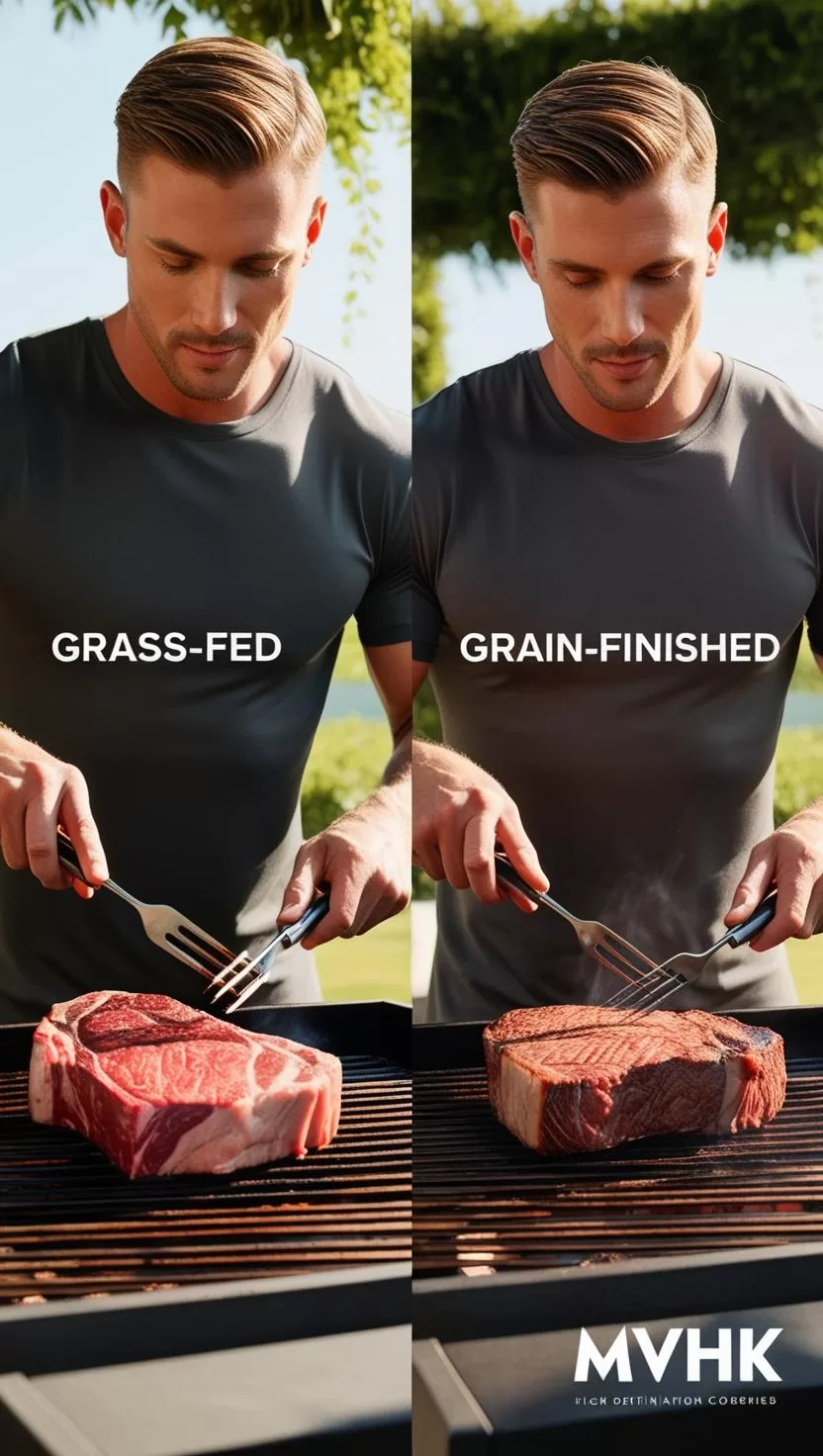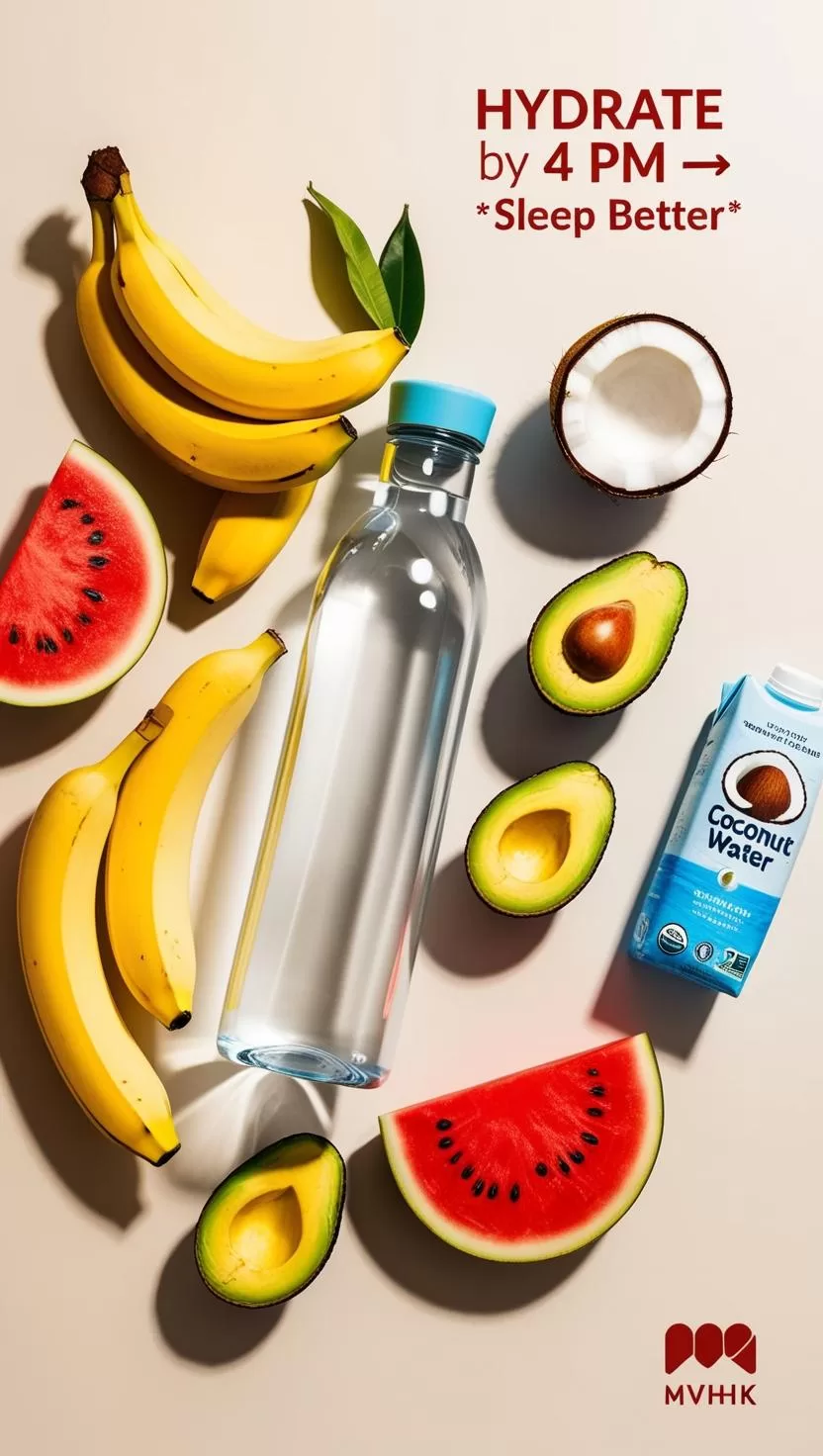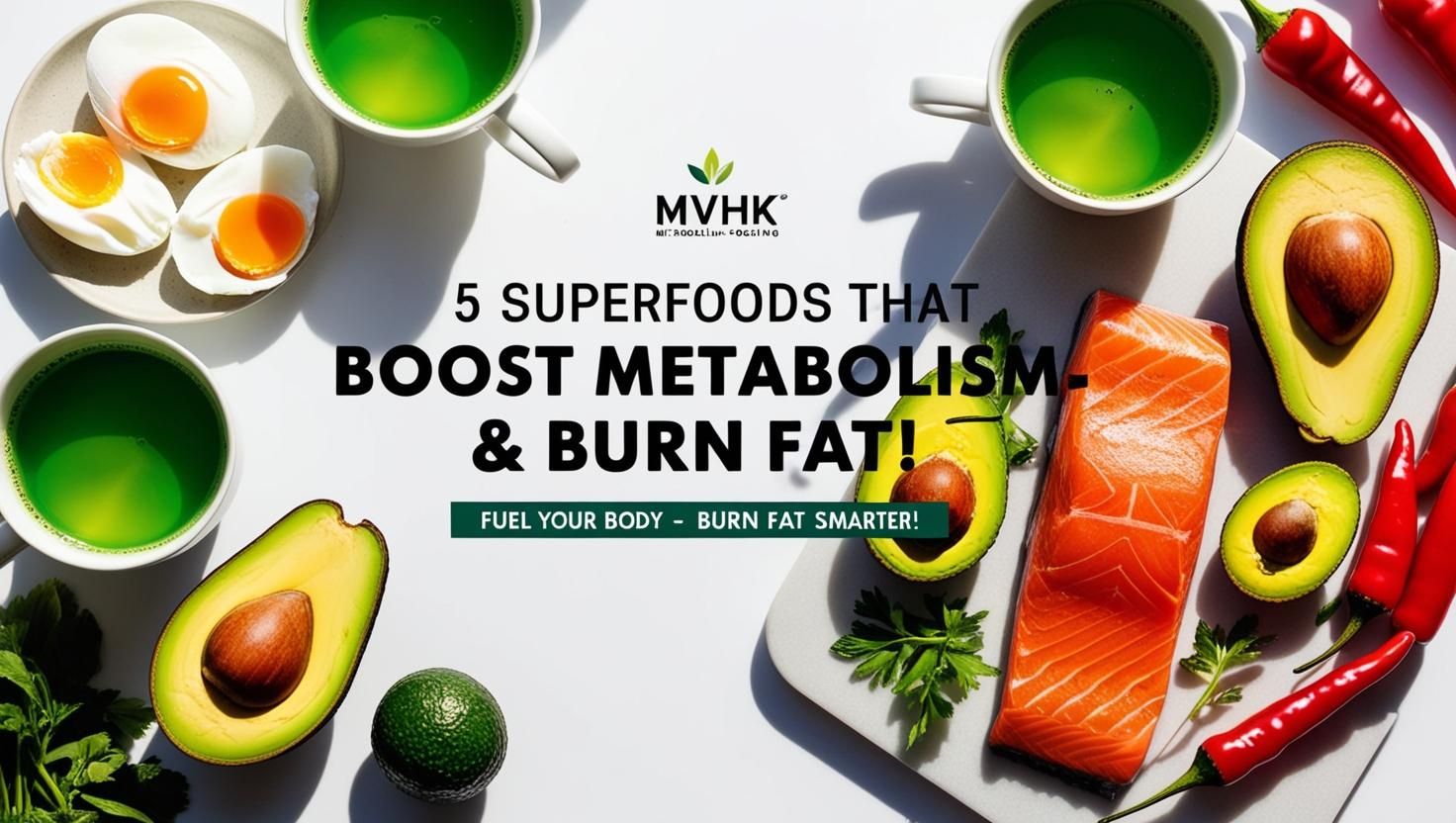Grass-Fed vs. Grain-Finished Beef: Health Hype or Nutritional Advantage for Busy Professionals?
For the health-conscious, time-strapped professional, food choices matter. One debate that sizzles as hot as your lunchtime steak: Is grass-fed beef really better than grain-finished beef? The label sounds healthier, but are the benefits real—or just a clever marketing angle?
Let’s break down what science says about the grass-fed vs. grain-finished beef debate, and how it should impact your next grocery store haul or BBQ strategy.
1️⃣ Nutritional Breakdown: What’s Actually in Your Steak?
Grass-Fed Beef: The Leaner, Cleaner Cut?
Grass-fed cattle graze on natural pasture, leading to:
- Lower total fat content
- Higher levels of omega-3 fatty acids
- Increased vitamin B6 and beta-carotene
- About 140 calories per serving
- Lower cholesterol content
A Harvard study confirms grass-fed beef has about 2–5 times more omega-3s than grain-fed varieties.
Grain-Finished Beef: More Marbling, More Myths
Cattle are “finished” in feedlots with grain-based feed for faster fattening. The results:
- Higher total fat and calories
- Lower omega-3 and antioxidant content
- Higher cholesterol
- More moisture loss during cooking
Feedlot cattle are often exposed to corn by-products, which can affect the nutritional composition of the meat.
2️⃣ Health Impacts: What It Means for You
Cardiovascular Considerations
According to Cleveland Clinic, grass-fed beef may support heart health thanks to better fat profiles and lower cholesterol. While both types are high in saturated fat, grass-fed tends to have a healthier omega-6 to omega-3 ratio, which may help reduce inflammation.
Cholesterol and Caloric Load
For professionals managing blood pressure or weight:
| Type | Calories (4 oz) | Cholesterol | Omega-3s |
|---|---|---|---|
| Grass-Fed | ~140 kcal | Lower | Higher |
| Grain-Finished | ~180 kcal | Higher | Lower |
3️⃣ Sustainability, Ethics, and Taste
Environmental Footprint
Grass-fed cattle are often seen as more sustainable—but only when properly managed. Overgrazing or misused pastureland can negate these benefits. Still, they typically require fewer antibiotics and less intensive feeding.
Ethical Considerations
Grass-fed cattle live longer, less confined lives. Grain-fed cows are often kept in feedlots, raising ethical and welfare concerns for some consumers.
Flavor Profile
While some describe grass-fed beef as “gamey,” others appreciate its richness and clean finish. Grain-finished beef has more marbling, giving it a buttery mouthfeel but also increasing saturated fat.
Conclusion: How to Get Started Today
Grass-fed beef isn’t just a wellness buzzword—it does offer real nutritional and ethical benefits. For busy professionals:
- Read labels carefully (look for “100% grass-fed” vs. “grass-finished”).
- Prioritize grass-fed cuts when prepping lean meals or high-protein lunches.
- Rotate protein sources to keep costs down—consider grass-fed once or twice per week.
Next time you’re buying steak, ask: “What’s fueling this fuel?”
Harvard Health: What’s the Beef?
❓ FAQ
What is the healthiest type of beef?
Grass-fed beef is often considered healthier due to higher omega-3 levels and lower cholesterol content.
Is grass-fed beef worth the cost?
If you’re prioritizing heart health, ethical sourcing, and nutrient density, yes—especially if eaten in moderation.
Can I taste the difference?
Yes, grass-fed beef has a leaner, sometimes “gamey” flavor, while grain-finished beef tends to be richer and juicier.






